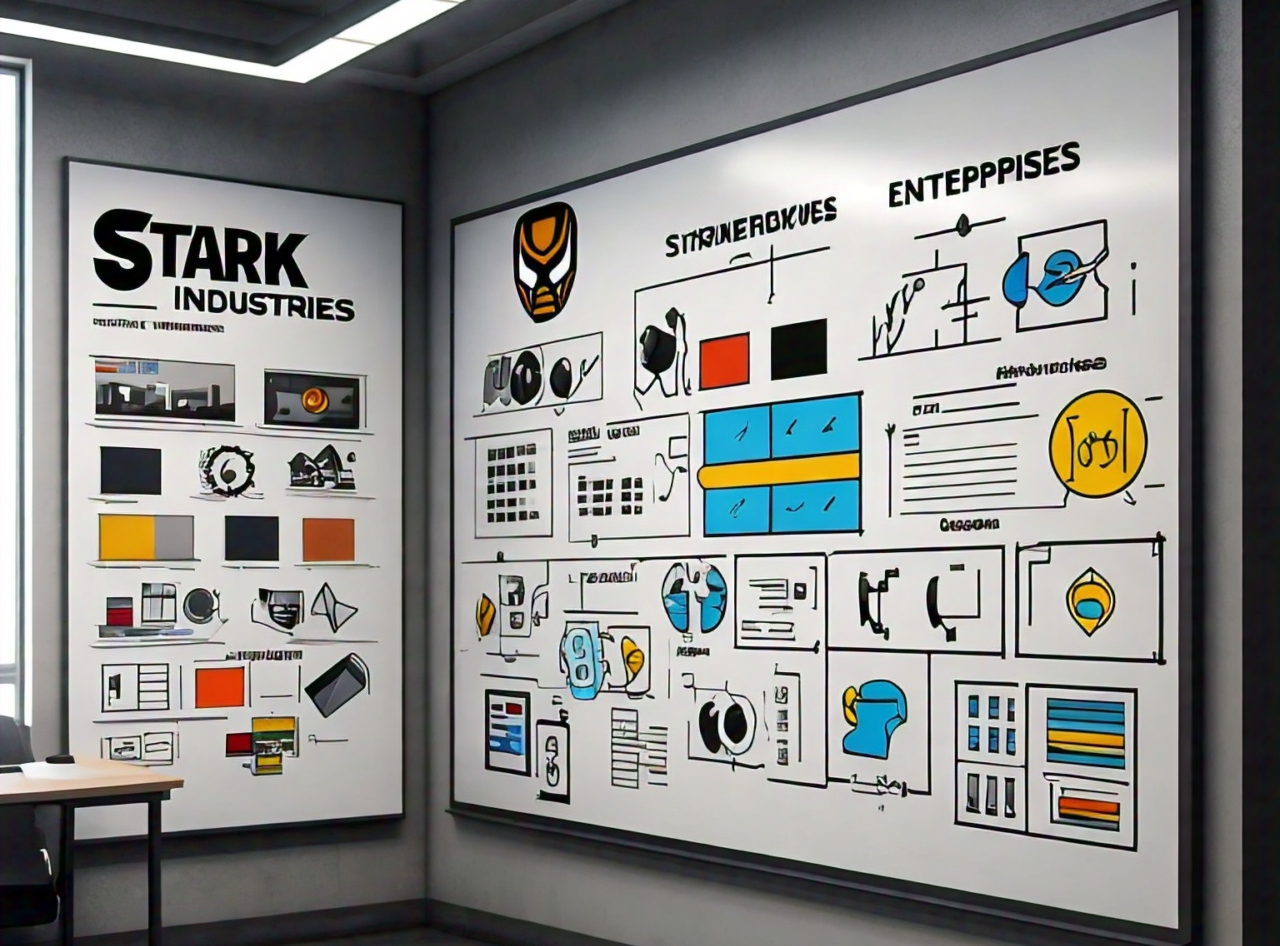Ah, the mystical realm of design systems – the place where consistency, creativity, and collaboration attempt to coexist. We’re diving into the world of Figma-powered design system creation, and trust me, it’s a journey that’s equal parts informative and chuckle-inducing. So, fasten your pixel-perfect seatbelts and let’s embark on this rollercoaster ride!
The “What even is a design system?” prelude
Picture this: you’re a designer with grand visions of pixel harmony. You’ve heard the whispers of a legendary entity called a “design system.” It’s like a magical cookbook, but instead of recipes, it hands out a bounty of guidelines, components, and design tokens. It’s like IKEA for designers, minus the hex wrench.
Finding your design zen
Creating a design system is like building an IKEA bookshelf: daunting at first, but you’ll end up with something that (hopefully) won’t collapse under pressure. Before you dive in, find your design zen. Embrace your inner guru and define those lofty design principles. Is it minimalistic elegance or sassy exuberance? Namaste, design vibes!
Tokens – Because it’s not a casino
No, we’re not handing out casino chips here. Design tokens are the secret sauce to keeping your system’s flavour consistent. Colours, typography, spacing – the seasoning that makes your design salad oh-so-delectable. Remember, these tokens won’t make you rich, but they’ll definitely make you design-famous.
Components – Legos for grown-up kids
If you thought Legos were fun, wait till you meet Figma components. Buttons, cards, input fields – it’s a digital toy store for designers. The best part? You won’t step on them in the middle of the night. These components ensure you’re not reinventing the wheel (or button) with every project. Think of it as an anti-monotony toolkit.
The Figma dance-off – Variants edition
Variants are like the salsa moves of the design world. Create a main component, then shimmy into its variants – primary, secondary, and the ever-elusive “on hover.” It’s like giving your designs a funky personality disorder. After all, who doesn’t love a button that changes its vibe when you hover over it?
Document like a pro (or at least pretend)
You’ve nailed the moves, so now it’s time to drop the beat with some documentation. Think of it as the choreography notes for your design dance. It’s like that song you can’t remember the lyrics to, but now you’ve got the cheat sheet. A well-documented design system is like a GPS for your colleagues. Lost? Just follow the guide!
Collaborative karaoke – Figma style
Design is teamwork, and Figma is the ultimate karaoke machine for designers. Gather your colleagues, pour some creativity into your system, and watch the magic unfold. Leave comments, suggestions, and the occasional GIF – because who said design can’t be fun and functional?
The grand finale: Maintenance mayhem
Congratulations, you’ve birthed a design system! But just like a houseplant, it needs TLC. Trends change, designers move on, and suddenly, your pristine design system is singing ’90s ballads. Keep it fresh, keep it relevant, and remember – a design system is like fine wine. It gets better with age and a dash of TLC.
Conclusion
Creating a design system in Figma is like baking a cake – except you’re dealing with pixels instead of flour. From finding your design Zen to dancing with variants and embracing collaborative karaoke, the journey is equal parts hilarious and enlightening. So go forth, design warriors, and may your Figma-powered design system be as legendary as your sense of humour!

0 Comments